Nostalgic relics from a bygone era that Boomers remember well.
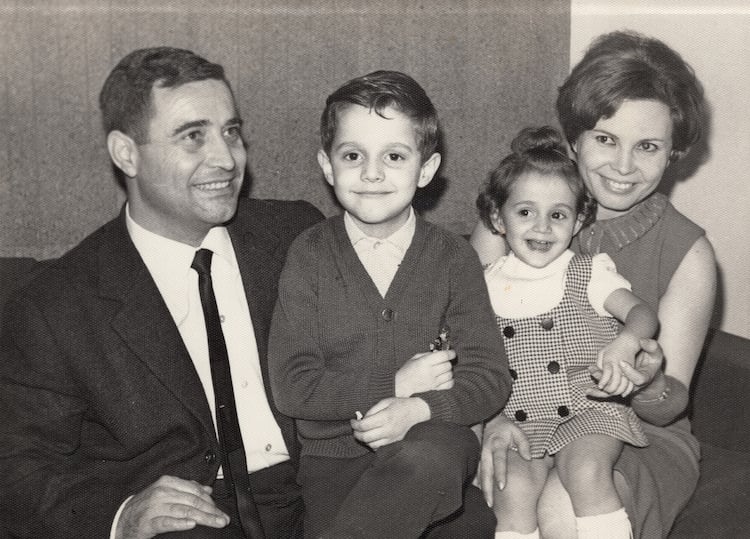
Boomers grew up in a world filled with everyday things that have since faded into history. From rotary phones to milk deliveries, many staples of their childhood have vanished, replaced by modern conveniences. While some of these changes have made life easier, others leave Boomers feeling nostalgic for a simpler time.
Whether it’s the sound of a typewriter or the joy of flipping through a Sears catalog, here are everyday things Boomers grew up with that are now extinct.
1. Rotary phones: The slow dial-up experience.
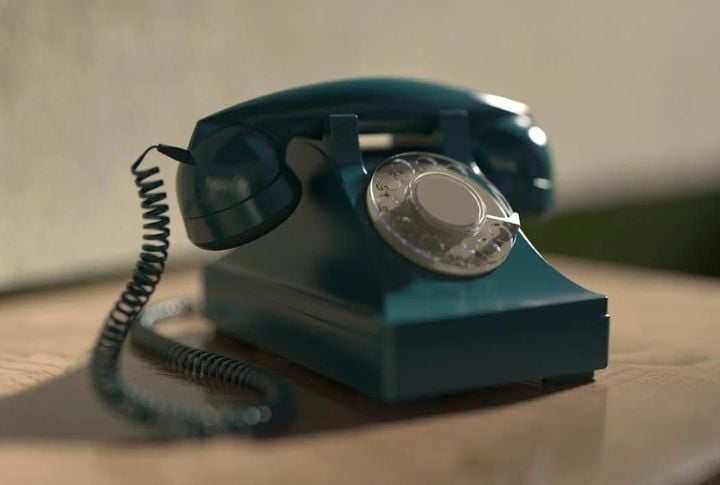
Before smartphones and speed dial, making a call required patience. Rotary phones forced users to spin a dial for each number, waiting for it to return before moving on to the next digit. This deliberate process made misdialing frustrating, but it was all part of daily life.
Today, touchscreens and voice commands have made rotary phones obsolete. While some people collect them for nostalgia, no one misses the slow dialing process. The idea of being tethered to a cord while talking also feels foreign in a world of wireless technology.
2. Milk delivery: Fresh dairy right to the doorstep.

Boomers remember waking up to find glass bottles of fresh milk waiting outside their doors, according to Housely. The milkman was a familiar figure in many neighborhoods, providing a reliable source of dairy before grocery stores became the norm.
As supermarkets expanded and refrigeration improved, home milk delivery became unnecessary. By the 1980s, it had largely disappeared, replaced by gallon jugs on store shelves. While some niche services still offer farm-fresh milk delivery, the daily visits of the milkman are long gone.
3. TV test patterns: The signal that it was time for bed.
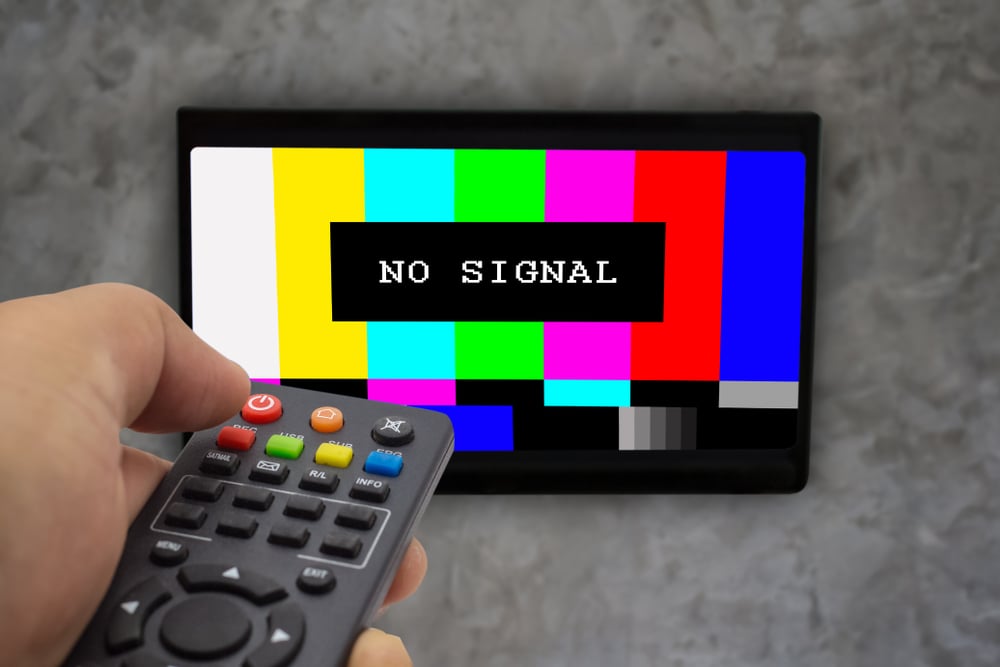
Before 24-hour programming, television stations signed off late at night, displaying a test pattern—often a color bar or an image of an Indian chief—along with a steady tone. This signal let everyone know that broadcasting had ended for the day, according to Wikipedia.
Today, television never sleeps. Streaming services and cable networks provide round-the-clock content, making test patterns a relic of the past. Younger generations have never experienced the eerie silence of a sleeping TV network.
4. Phone booths: A necessity before cell phones.

Before mobile phones became universal, people relied on public phone booths to make calls when they were away from home. Dropping a dime or quarter into the slot, they’d call loved ones or check in with work.
As cell phones became widespread, phone booths quickly disappeared. Today, they’re mostly seen in movies, old photos, or as props in retro-themed spaces. The idea of searching for a payphone now seems like a hassle compared to instant connectivity.
5. Record stores: A treasure trove for music lovers.

Boomers grew up flipping through stacks of vinyl at record stores, searching for the latest albums from their favorite artists. Visiting a record shop was an experience—talking to the staff, discovering new music, and carefully selecting which record to buy.
With digital music and streaming services dominating the industry, record stores have nearly vanished. Though vinyl has made a small comeback, the days of thriving music shops in every town are a thing of the past.
6. Typewriters: The original word processors.

Before laptops and tablets, Boomers typed documents on mechanical or electric typewriters. Every keystroke required force, and fixing a mistake meant using correction tape or starting over. The rhythmic sound of typing filled offices and homes alike.
Word processors and computers quickly replaced typewriters, making them virtually extinct. While some still appreciate their nostalgic charm, few would trade modern autocorrect and backspace keys for the hassle of manual typing.
7. Drive-in theaters: Watching movies under the stars.

Drive-in theaters were once a popular weekend pastime, allowing families and couples to enjoy movies from the comfort of their cars. Snack bars sold popcorn and sodas, and kids played on playgrounds before the film started.
As multiplex cinemas and home entertainment took over, drive-ins faded away. While a few still operate, they are rare compared to their heyday in the 1950s and ‘60s. Today, streaming has made movie nights even more personal, but some Boomers still long for the drive-in experience.
8. Paperboys: Delivering the morning news on two wheels.
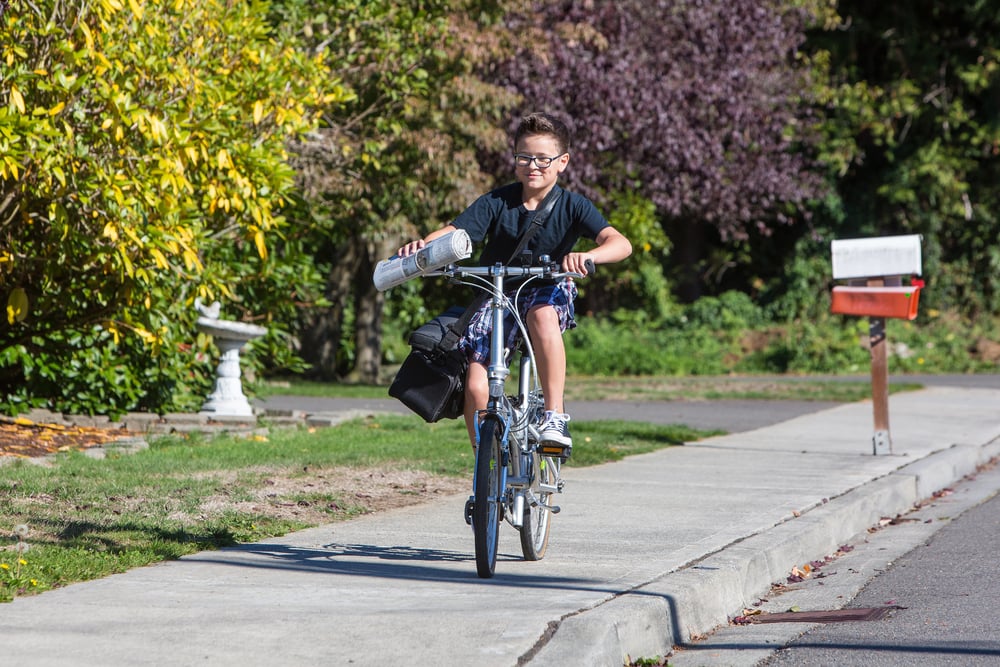
For many Boomers, delivering newspapers was a classic first job. Paperboys (and later, papergirls) would wake up early, fold newspapers, and toss them onto porches while riding their bikes.
With print newspapers declining and digital news taking over, the traditional paper route job has nearly disappeared. Today, delivery drivers in cars handle newspaper distribution, but far fewer people still subscribe to physical papers.
9. Encyclopedias: The original Google.

Before the internet, if Boomers needed information, they turned to encyclopedias. These massive book collections sat on shelves in homes and libraries, containing everything from historical facts to scientific discoveries.
With search engines providing instant access to knowledge, printed encyclopedias have become obsolete. Most people today can’t imagine flipping through dozens of books when Google can provide an answer in seconds.
10. Ashtrays everywhere: When smoking was the norm.

Boomers grew up in a time when smoking was socially acceptable nearly everywhere—restaurants, offices, airplanes, and even hospitals. Ashtrays were common household items, placed on coffee tables and desks for guests to use.
As smoking bans and public health awareness increased, ashtrays gradually disappeared from public spaces. Today, smoking indoors is rare, and many younger generations never experienced the days when cigarettes were as common as a cup of coffee.
11. Manual car windows: The struggle of the crank.
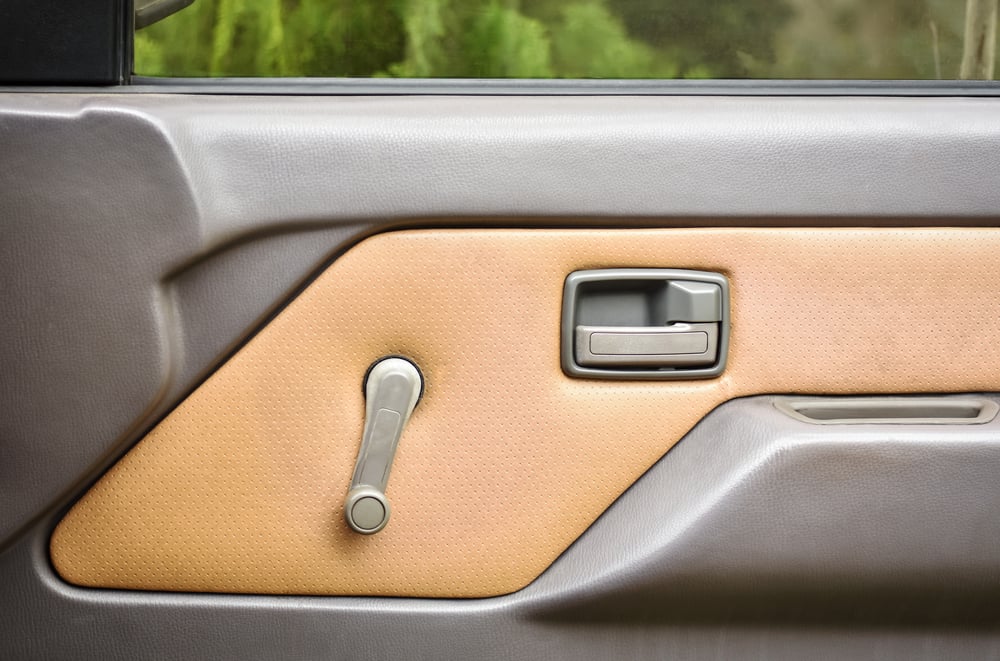
Before power windows became standard, Boomers had to roll their car windows up and down manually using a crank. On hot days, it took effort to lower all four windows for ventilation.
Power windows eventually became a standard feature in most cars, eliminating the need for manual cranking. While some classic cars still have them, most younger drivers have never had to struggle with rolling down a stubborn window.
12. Library card catalogs: The search before search engines.

Before computers cataloged books, libraries used massive wooden cabinets filled with index cards to help readers find what they needed. Looking up a book required flipping through hundreds of cards, each meticulously organized by subject, author, or title.
Digital databases have made card catalogs obsolete. Now, a quick search on a library’s website can locate a book in seconds. While nostalgic for some, few would trade modern efficiency for the old method.
13. Metal ice cube trays: A tricky way to cool drinks.

Before plastic and silicone ice trays, metal ice cube trays with levers were the norm. Freeing the ice often meant yanking the handle, sometimes sending ice flying across the kitchen.
Plastic trays eventually replaced the metal ones, making ice cube removal much easier. Today, many people simply use ice makers in their refrigerators, eliminating the need for trays altogether.
14. Sewing patterns: DIY fashion before fast fashion.

Boomers remember when sewing clothes at home was common. Department stores sold sewing patterns that allowed people to make their own dresses, skirts, and shirts at a fraction of the cost.
As fast fashion and ready-made clothing became more affordable, home sewing declined. Today, very few people make their own clothes, and sewing patterns have become a rare sight outside of hobby shops.
15. Gas station attendants: When someone else pumped your gas.

In the past, pulling into a gas station meant a uniformed attendant would fill the tank, clean the windshield, and check the oil—all without the driver ever leaving their car.
Self-service gas stations eventually replaced attendants in most states, making full-service stations nearly extinct. While a few still exist, most drivers today wouldn’t expect someone else to pump their gas.
